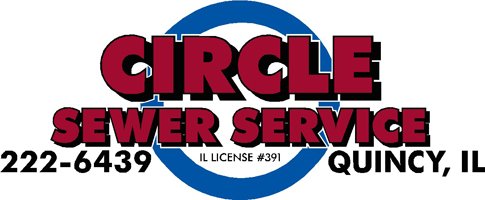
Residential Septic and Commercial Pumping based in Quincy, IL since 1971
Does Your Septic Tank Need Service?
The proper operation of a septic system is essential to public and private health, to property values, and to the environment.
Why Choose Us?
Circle Sewer Service has been serving Quincy, Il and the surrounding areas for over 51 years. Our goal is to provide a quality and prompt septic service at an affordable price. Every load that we pump is disposed of properly and we try our best not to make a mess. Pumping waste is what we do.
Service Area
Quincy, Il and the surrounding areas within a 60 mile radius. Payson, Il, Liberty, Il, Camp Point, Il, Mt Sterling, Il, Pittsfield, Il, Pleasant Hill, Il, Carthage, Ursa, Bowen, Il, Hannibal, Mo, Palmyra, Mo, Canton, Mo and everywhere in between…
Residential Septic Pumping and Cleaning
Commercial Pumping of Grease traps, septic tanks, and pump pits for Restaurants, Industries, Schools, Hospitals, Nursing Homes
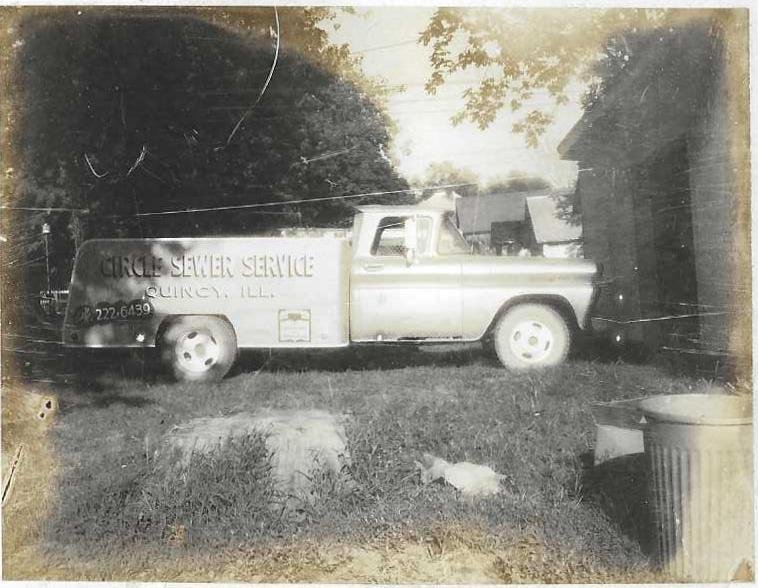
First Septic Pumper
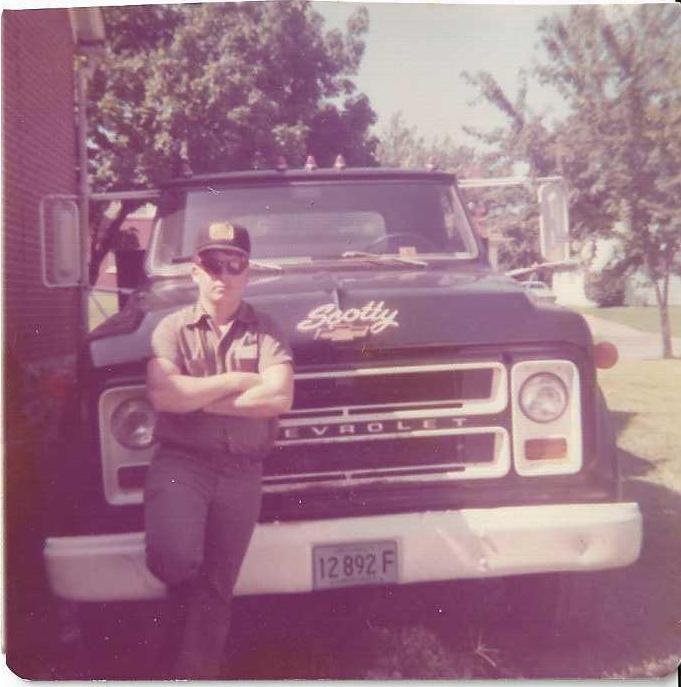
Scotty O'Brien
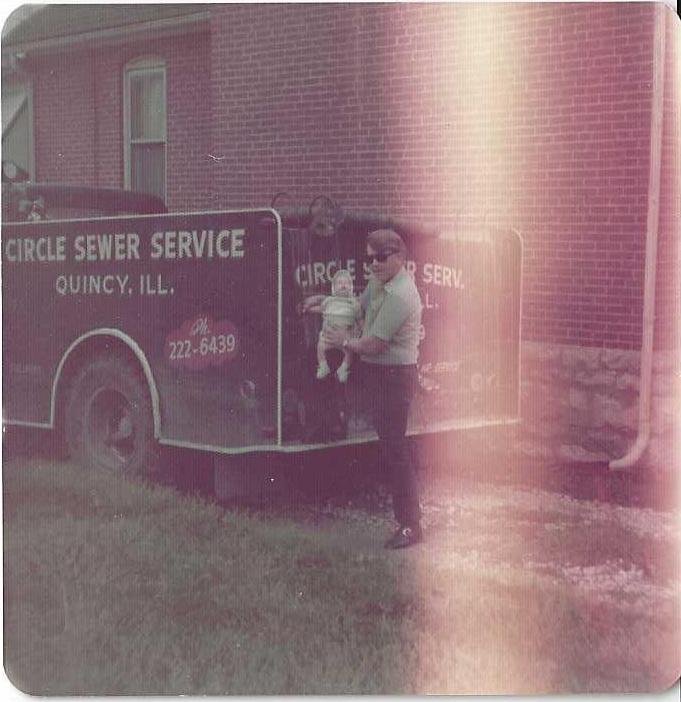
1974 Dad and I

Grandpa Lawson, Uncle Joe Yohn, and Dad building pumper truck
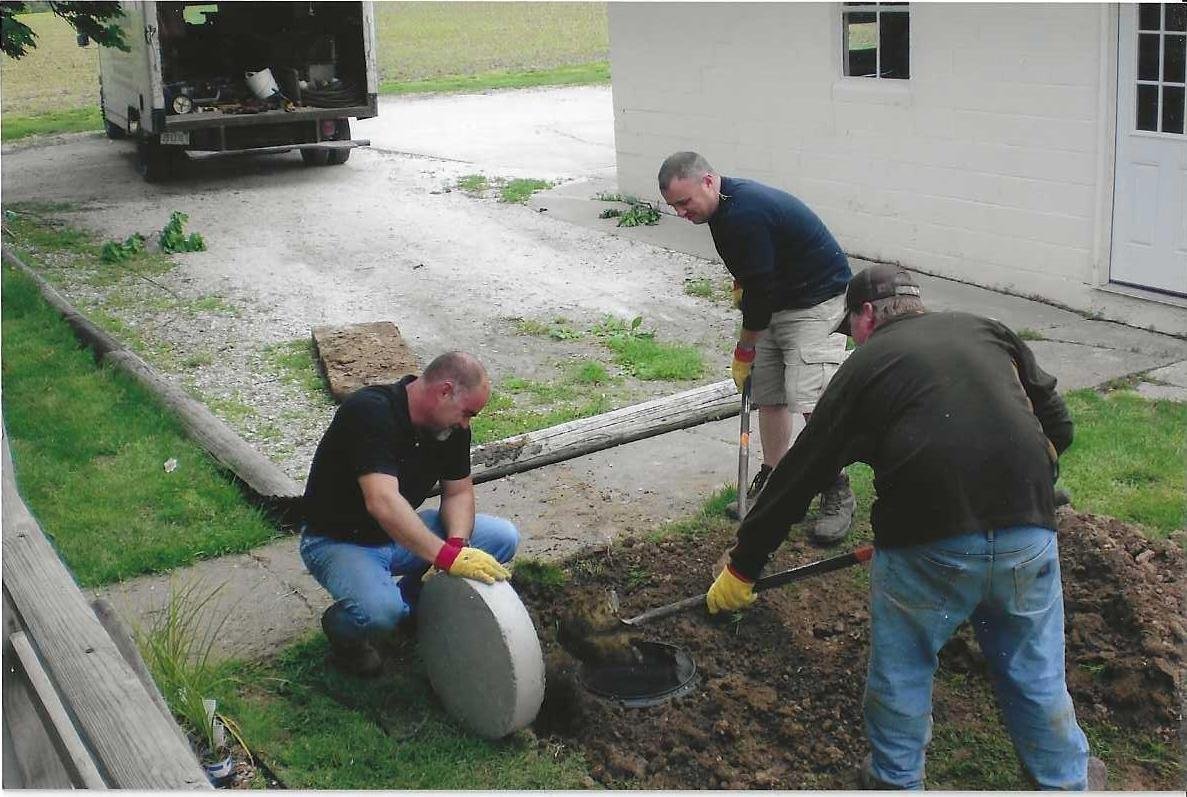
No more digging
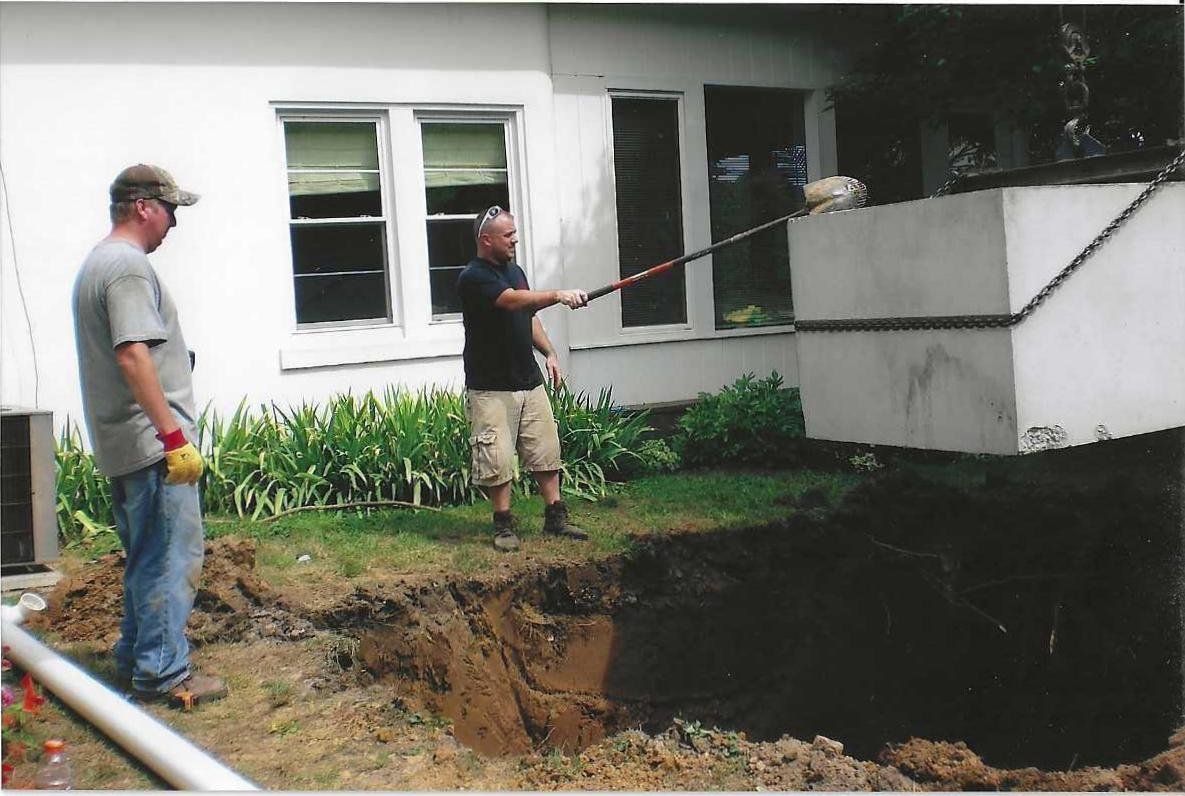
Installing new septic tank
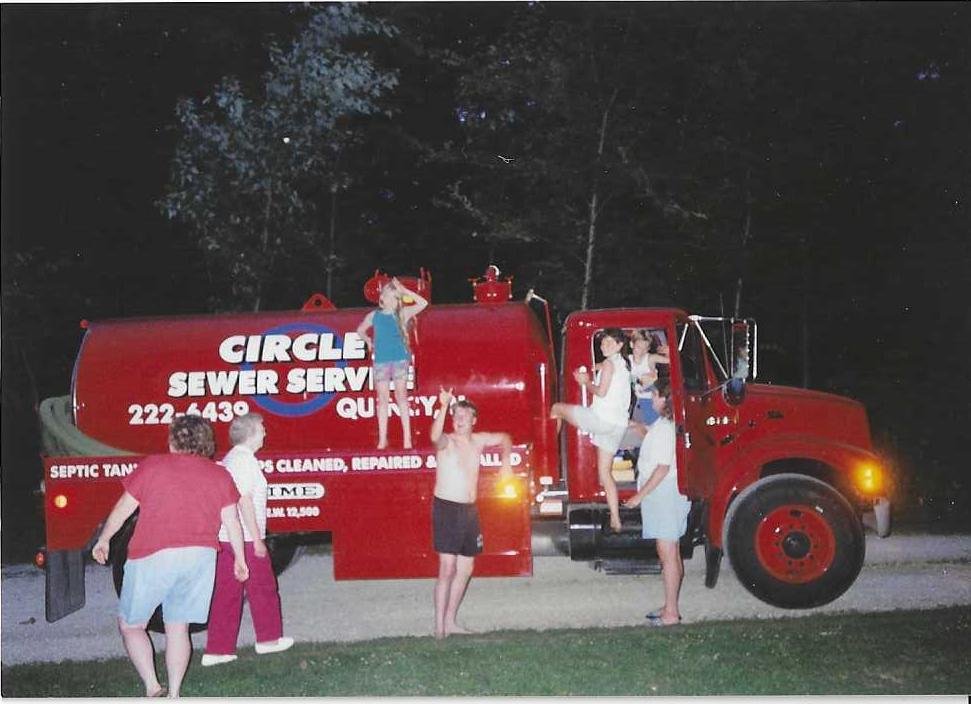
Grandma Mack approved!
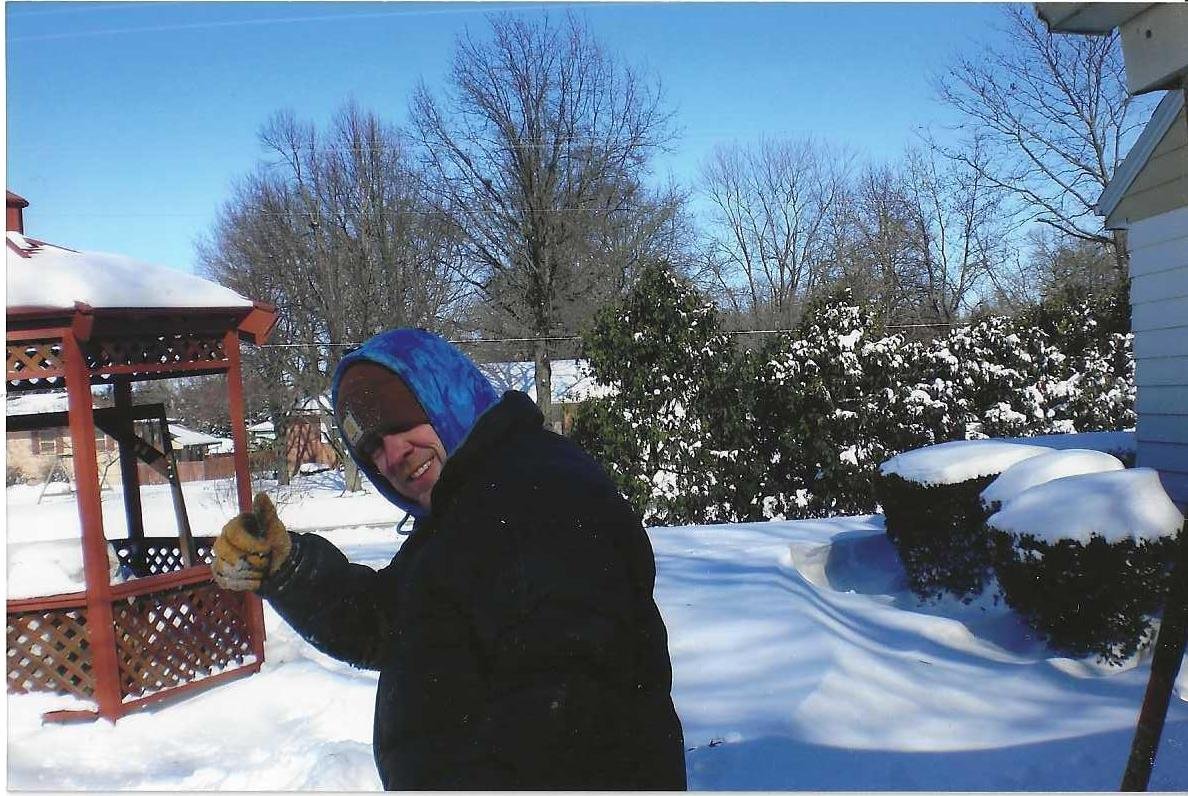
Jesse loves working in snow
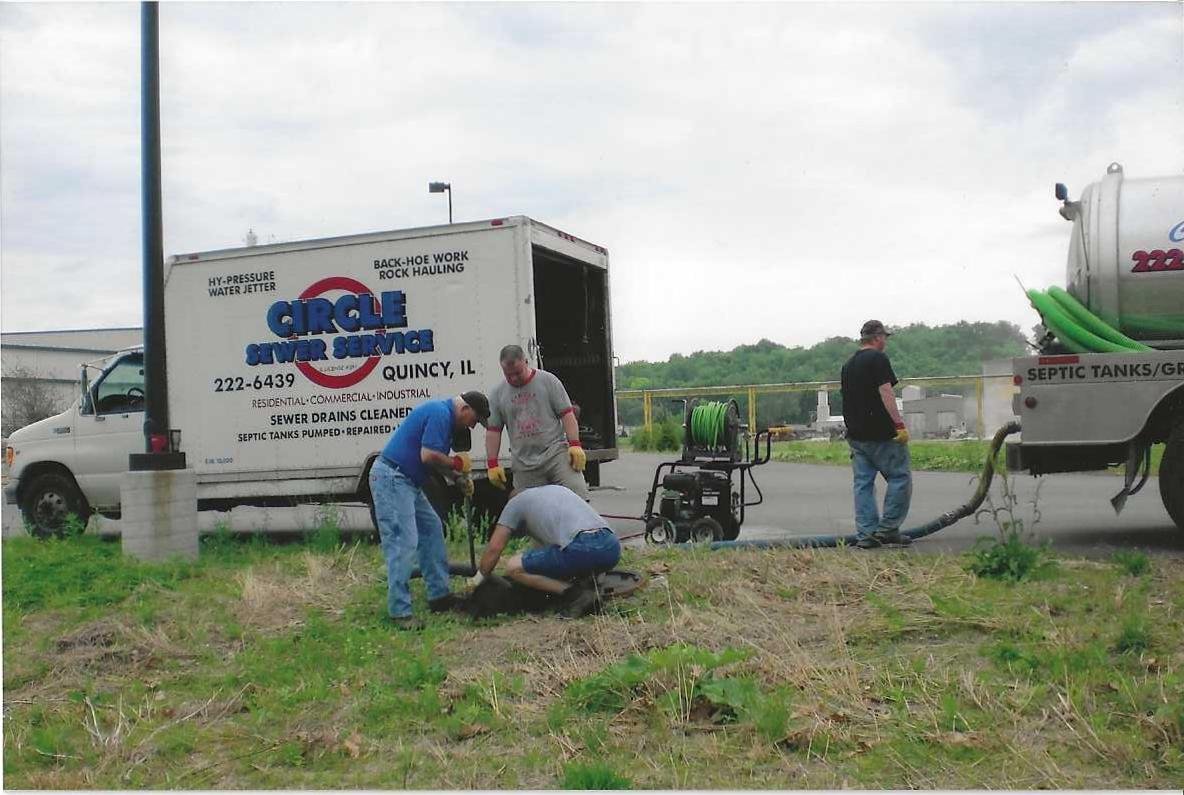
The whole crew
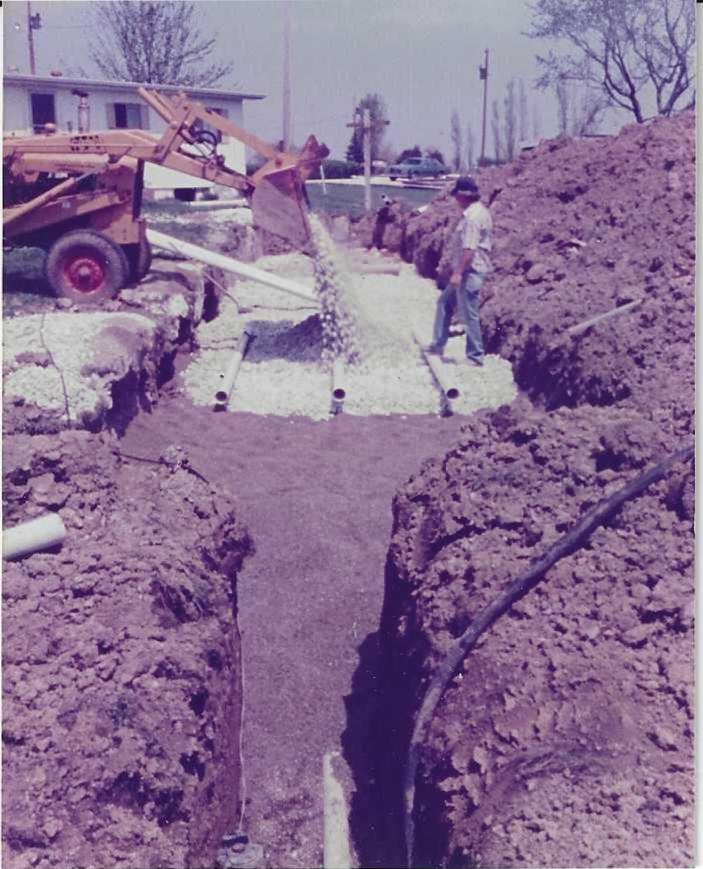
Sandfilter
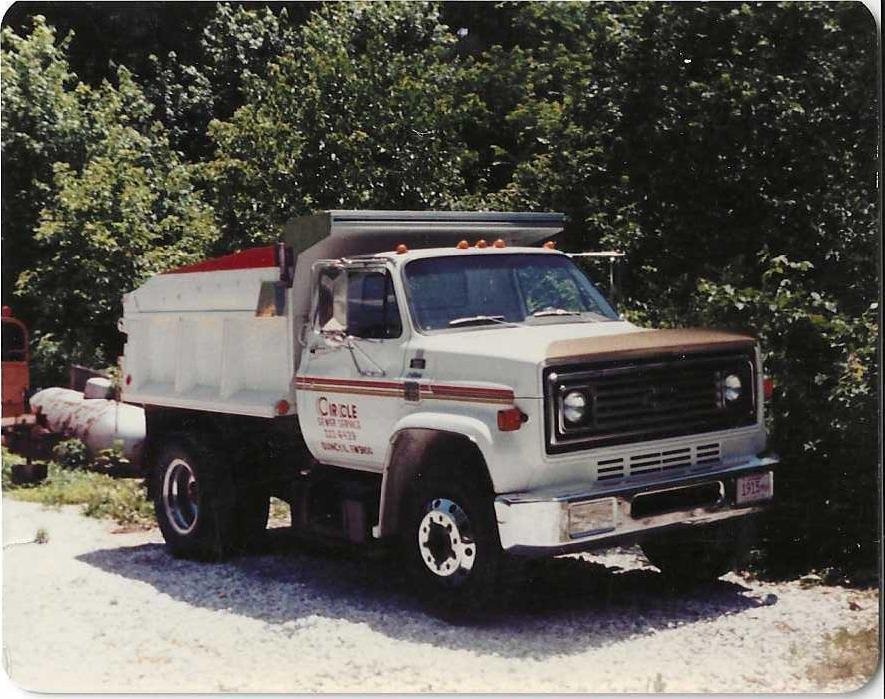
She was a beauty
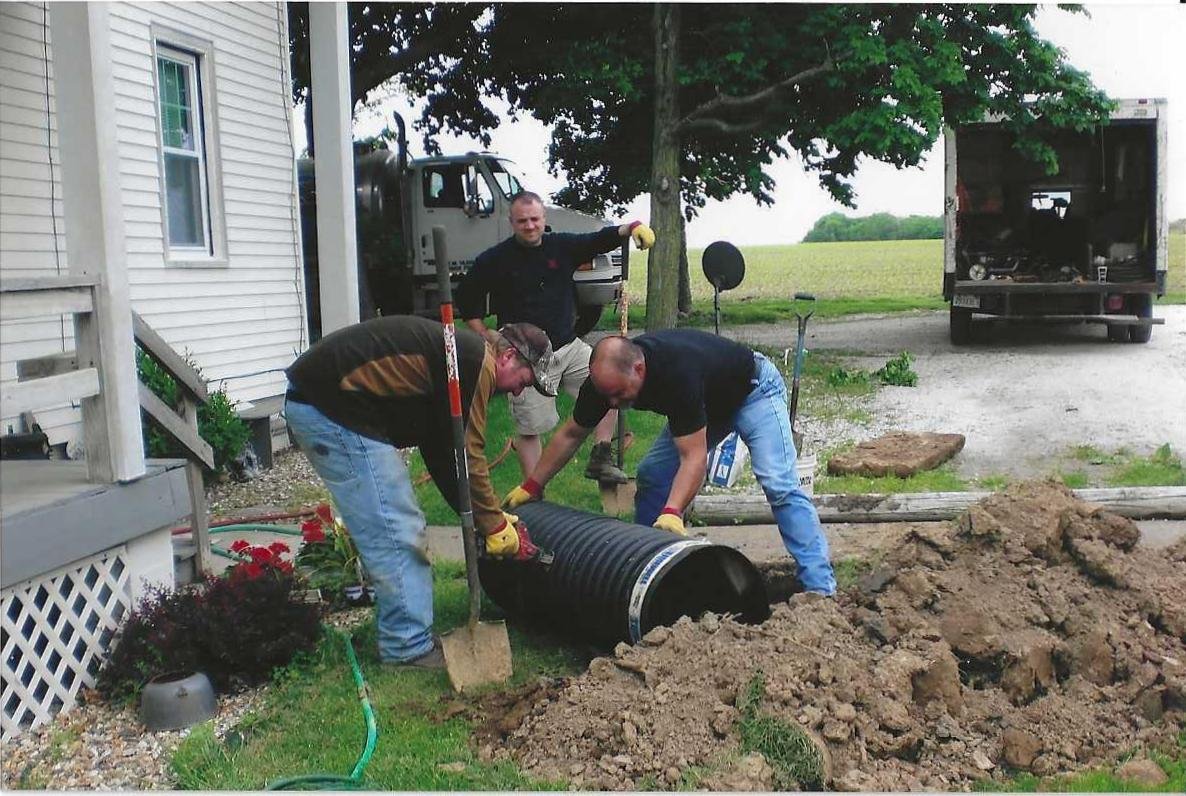
Installing ground level cleanout
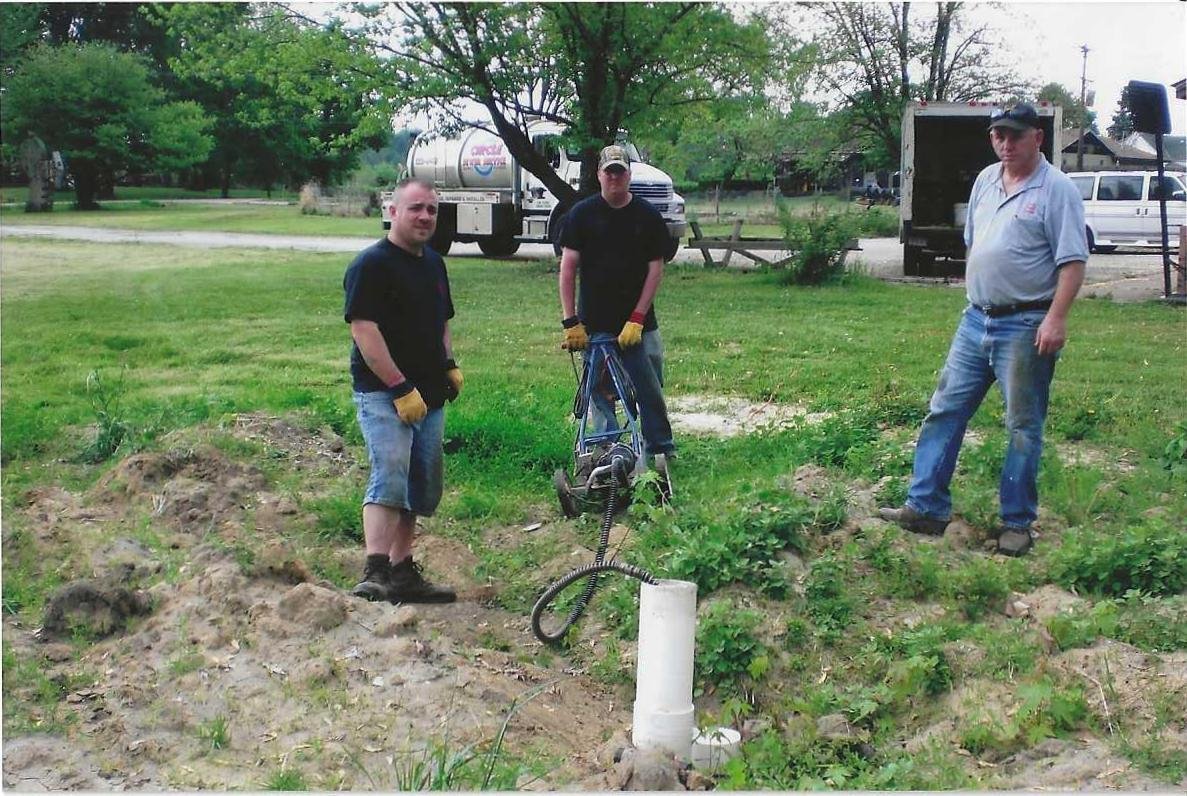
Uncle Larry, Jesse and I eeling a sewer
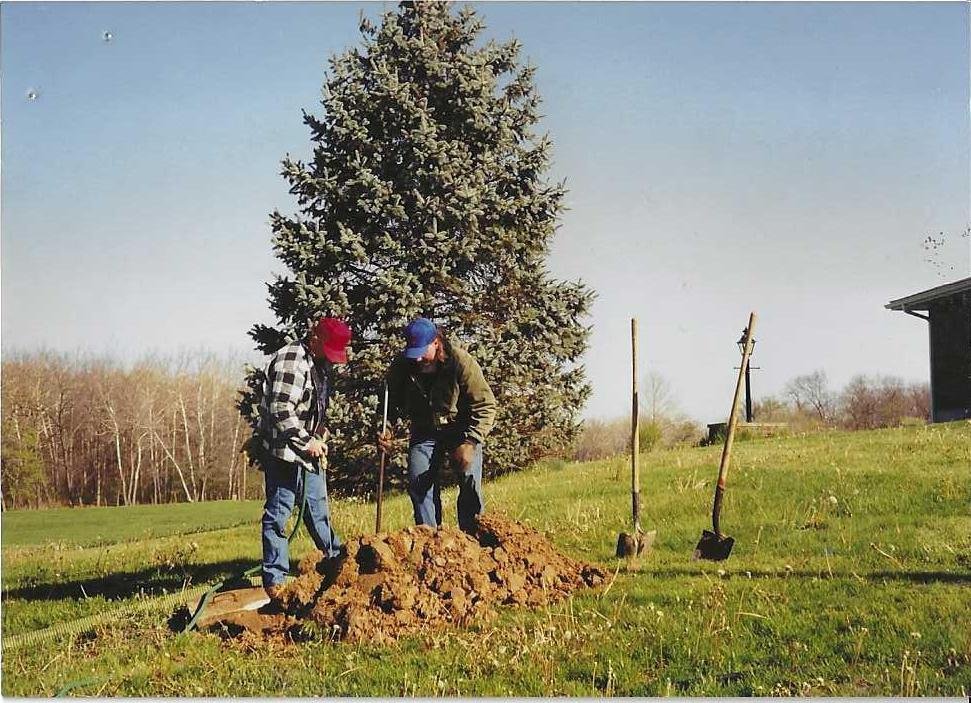
Dad and I, no hammers thrown at me that day
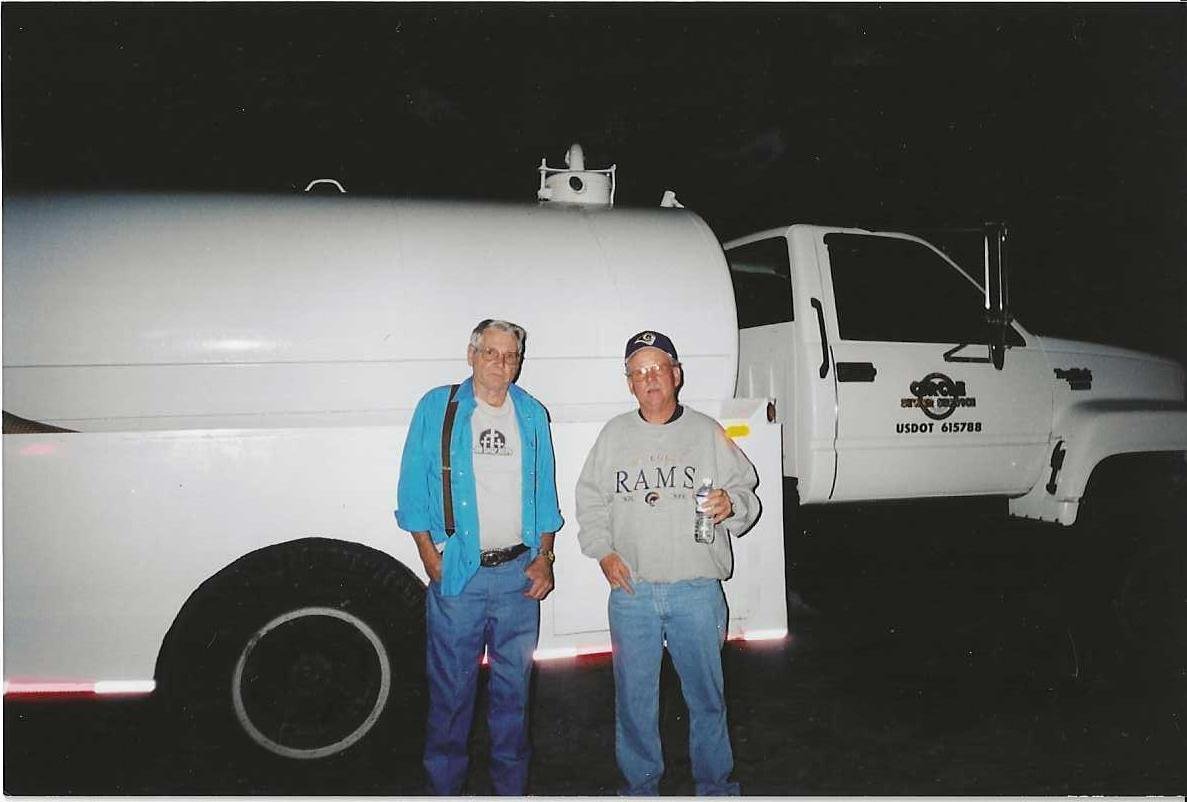
Uncle Richard Adams and Dad

Hauled around drain cleaning equipment
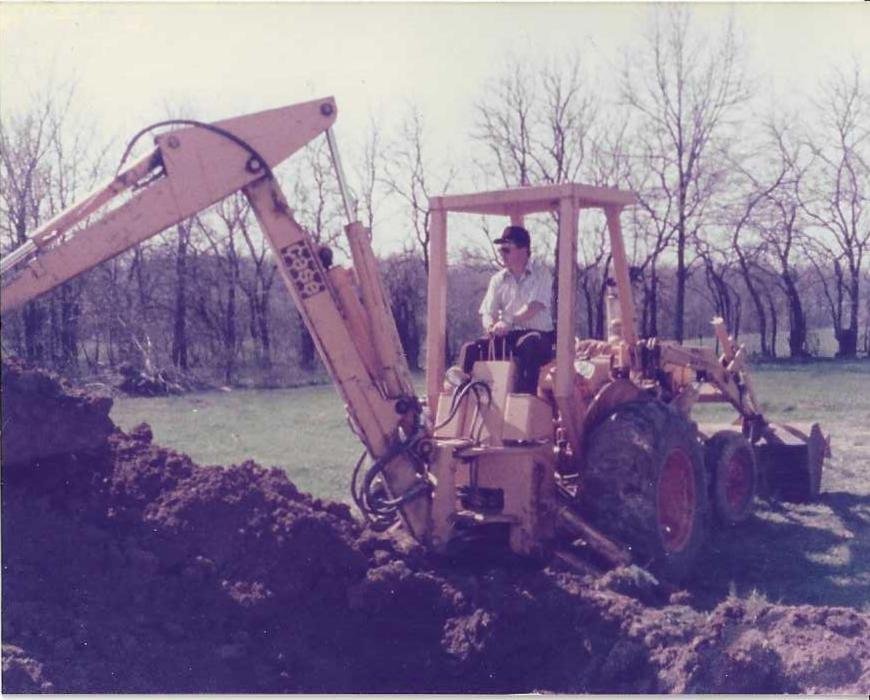
Digging sandfilter 1985
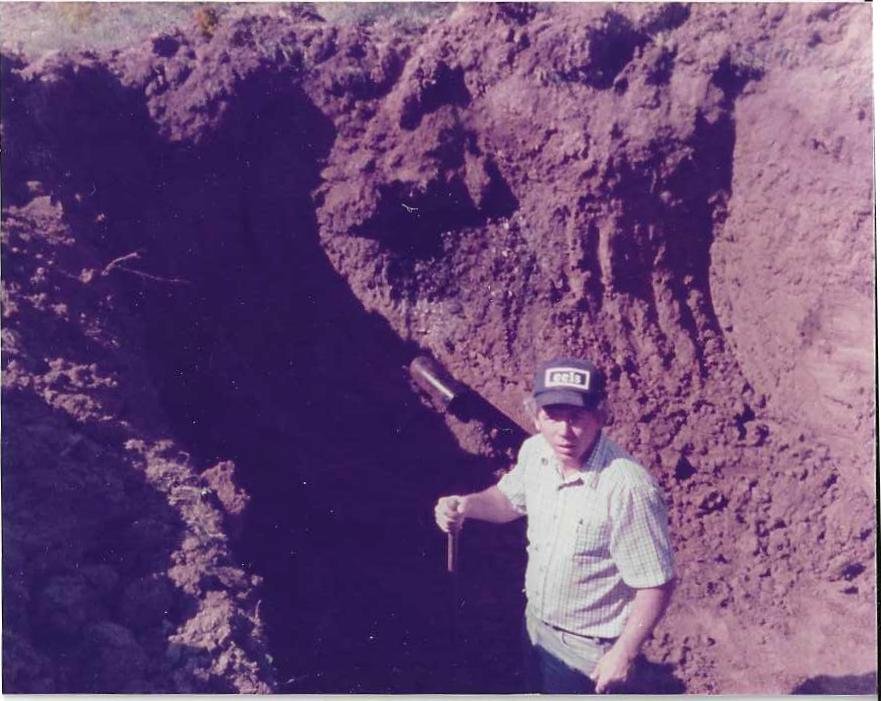
Uncle Larry 1985

The 80's
IMPORTANT TIPS FOR A HEALTHY SEPTIC SYSTEM
• Do not overload your septic system. Use water sparingly. Do only full laundry and dishwasher loads at off-peak times if possible.
• Do not put kitchen greases down the drain.
• Do not flush cigarettes, sanitary napkins, disposable diapers, or other inorganic materials down the toilet.
• Do not put gasoline, oil, anti-freeze, paint, paint thinner, pesticides, etc., down the drain.
• Use garbage disposal sparingly or increase septic system maintenance schedule.
• Check all plumbing fixtures for leaks.
• Ask your contractor if you think tree roots are clogging your pipes.
Regular septic system maintenance combined with water conservation should give you many years of trouble-free use. If not maintained, your septic system may fail, requiring excavation and repair or replacement. You will have to endure the expense of this work, as well as the aggravation of trucks and equipment on your property and the disruption to your yard.
COMMONLY ASKED QUESTIONS & ANSWERS
Q. What causes the thick crust in my tank?
A. The crust is the organic material that has congealed into a solid mass. This condition can indicate a bacterial deficiency. Ask your contractor if your tank needs pumping and ccls® to avoid future problems.
Q. I had my tank pumped out last month. Is it possible that it's full already?
A. Not only is it possible, it's necessary. Septic tanks are designed to operate full for proper water/solids separation.
Q.Is there anything I can put in my tank to avoid pumping?
A. No. Some of the material in the tank is not biodegradable. This material must be pumped out.
Q.My system backed up recently for the first time in many years. Why should I start maintaining now?
A. Even though the backup may have been caused by broken pipes, tree roots intruding into your lines, or some other obstruction, it is also possible that this backup is the first sign of system failure. Call your contractor to discuss your system.
Q.The drainage in my house seems to be sluggish and sometimes temporarily backs up. I also sometimes have a foul odor and mushy ground in my backyard. Are these signs of a septic system failure?
A. These may or may not be signs of a deteriorating septic system. Contact your contractor to discuss these problems.
THE HOUSEHOLD PLUMBING AND WASTE SYSTEM
If you are like most people, you know very little about your septic system. This is understandable. In urban and suburban areas there are sewers to carry household waste to municipal wastewater treatment facilities. In more rural areas, however, septic tank systems provide the functions of both sewers and treatment facilities.
1. Organic solid material floats to the surface and forms a layer of what is commonly called “scum". Bacteria in the septic tank biologically convert this material to liquid.
2. Inorganic or inert solid materials and the by-products of bacterial digestion sink to the bottom of the tank and form a layer commonly known as “sludge”.
3. Only clear water should exist between the scum and sludge layers. It is this clear water- and only this clear water- that should overflow into the soil absorption area.
“An ounce of prevention is worth a pound of cure” was never more true than it is with septic tank care. A small commitment to the care of your septic system will protect you indefinitely from the nightmare created by a failing system.
Solid material overflowing into the soil absorption area should be avoided at all costs. It is this solids overflow that clogs soil pores and causes systems to fail. Two main factors cause solid material to build up enough to overflow:
(1) bacterial deficiency.
Normal household waste provides enough bacteria to digest the solids UNLESS any harm is done to the bacteria. Check the labels of products you normally use in the home. Products carrying harsh warnings such as "HARMFUL OR FATAL IF SWALLOWED” will harm bacteria.
(2) lack of sludge removal.
The sludge in the septic tank - inorganic and inert material - is not biodegradable and will not decompose. If not removed, the sludge will accumulate until it eventually overflows, clogging the soil absorption area.
THE SEPTIC TANK SYSTEM
The septic tank system is a small, on-site sewage treatment and disposal system buried in the ground. The septic system has two essential parts:
(1) the septic tank- patented in London around 1900. Webster's Dictionary defines the septic tank as “a tank in which waste matter is decomposed through bacterial action.” The modern septic tank is a watertight box usually made of precast concrete, concrete blocks, or reinforced fiberglass.
(2) the soil absorption area.
SEPTIC SYSTEM MAINTENANCE
The U.S. Government Department of Health, Education and Welfare Public Health Service says, “A septic tank system will service a home satisfactorily only if it is properly designed, installed, and adequately maintained. Even a good system which does not have proper care and attention may become a nuisance, and burdensome expense."
The quantity and composition of waste generated in the home varies according to the number of residents, their personal water usage, and the water-utilizing appliances in the home.
The following commonly used home care products - even when used according to directions - can reduce the bacteria population required for proper septic tank operation.
• detergents • bleaches cleaning compounds
• disinfectants acids • sink & tub cleaners
• toilet cleaners polishes caustic drain openers
If bacteria-killing products are used in the home - as they usually are - the bacteria should be replenished. If the bacteria level is too low, the solids may not be digested properly. Then solids can build up too much and over flow into the soil absorption area. This can clog the system, requiring major repair or replacement.
Septic system maintenance means two simple things. First, don’t treat your septic system like a trash can. Second, sludge that accumulates in the bottom of the tank must be pumped out periodically. How frequently depends on the size of the tank, the use it gets, and the condition of the system. There is no additive that you can put in the tank that will deal with the sludge. IT MUST BE PUMPED OUT. If not pumped out, the sludge will eventually overflow into the soil absorption area. This will clog the system, and it will need to be replaced, at enormous expense and inconvenience.
Download the "What Everyone Should Know About Their Septic Systems" brochure - PDF
Get in touch.
If you would like a free estimate or just have a question, we would be happy to hear from you.
